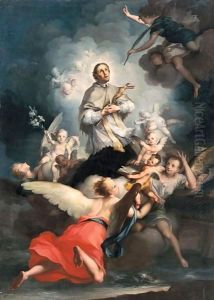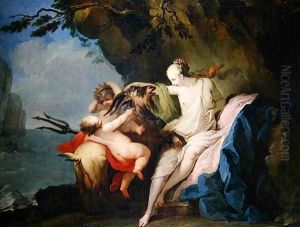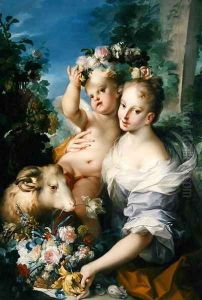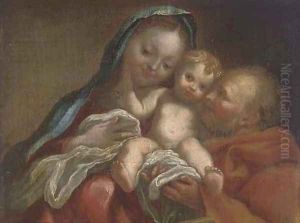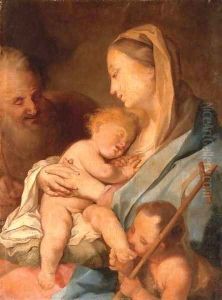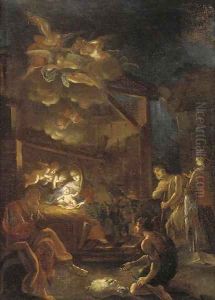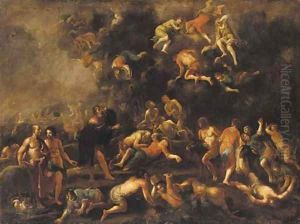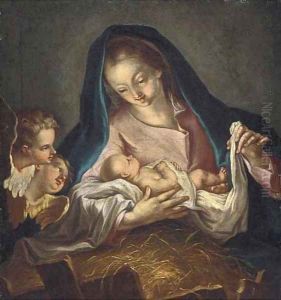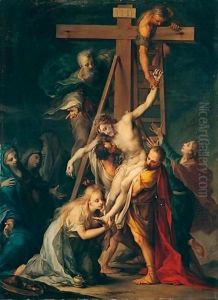Ignazio Stella (see Stern Ignaz) Paintings
Ignazio Stella, also known as Ignaz Stern, was an Italian painter of the Baroque period, born in 1679 in Rome, Italy. His artistic journey is not as well-documented as some of his contemporaries, but he is known to have been active during the early 18th century, contributing to the rich tapestry of Baroque art that characterized this period in European art history.
Stella's work is characterized by dramatic use of light and shadow, a hallmark of the Baroque style, as well as a focus on religious and mythological themes which were prevalent in the art of this period. He was part of the Roman artistic milieu and his style reflects the influences of the leading artists of his time, such as Carlo Maratta and the followers of Baciccio.
Despite the lack of extensive records, it is known that Stella received commissions for both public and private clients. Some of his works include altarpieces for churches in Rome and in other Italian cities. His paintings are noted for their vibrant colors, dynamic compositions, and the emotional intensity of the figures depicted.
Ignazio Stella passed away in 1748, leaving behind a modest but meaningful body of work that contributes to our understanding of the Baroque period in Italian art. His legacy is appreciated by art historians and enthusiasts who seek to uncover and appreciate the lesser-known artists of this artistically rich era.
